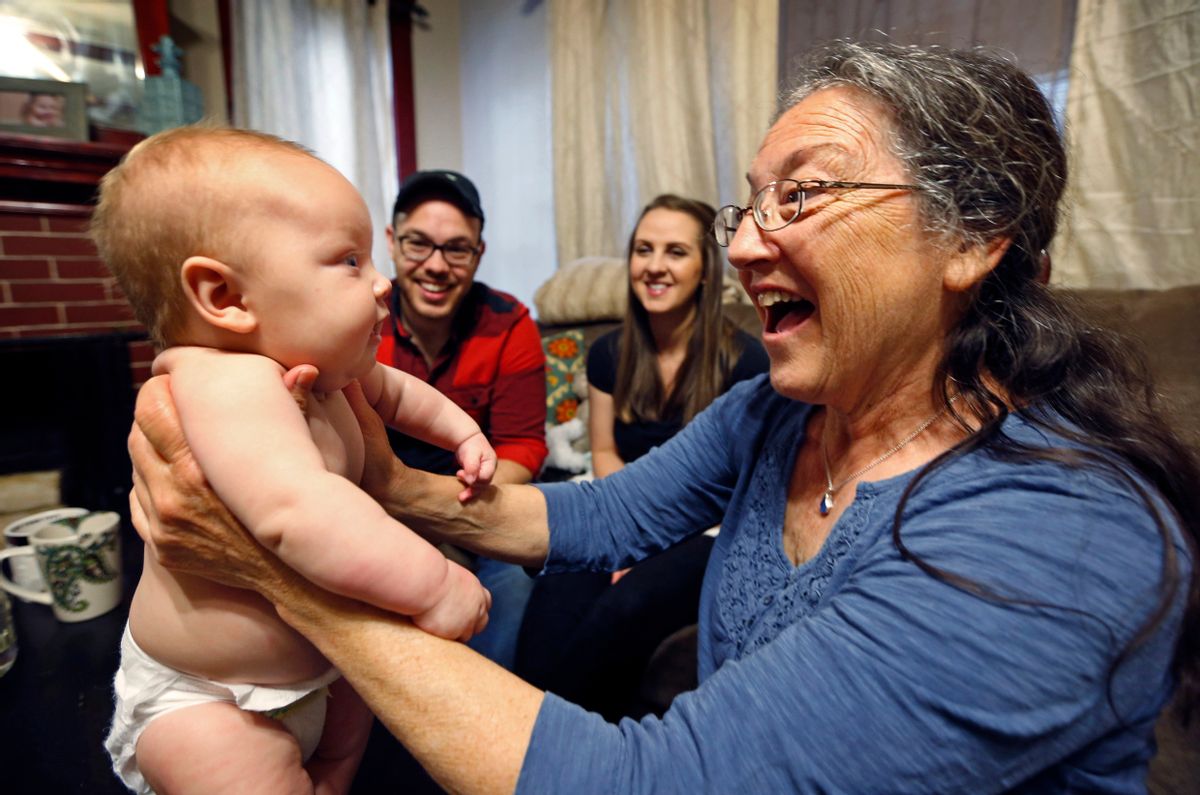Every morning at Watsonville Community Hospital in Northern California, the labor and delivery team divvies up its patients — low-risk ones go to the midwives and high-risk ones to the physicians. Then, throughout the day, the doctors and midwives work together to ensure the births go smoothly.
“We kind of divide and conquer,” said Dr. Julia Burke, chair of the hospital’s obstetrics and gynecology department.
The hospital began allowing certified nurse midwives to deliver babies in 2017, part of an effort to decrease cesarean sections and make mothers happier.
It wasn’t an easy transition, Burke said. Some doctors, for example, had been practicing for 30 years and never worked with nurse midwives, who are registered nurses with a graduate degree. Pharmacy, medical billing and other departments also were hesitant about the change, unsure of what it would take to integrate nurse midwives, she said. “It took a lot of convincing,” she said.
Throughout the country, hospitals and medical practices are battling old stereotypes and sometimes their own providers and staff to bring on certified nurse midwives. To do so, they have to overcome a lack of knowledge about the safety and benefits of midwifery care and the laws and policies that restrict the use of nurse midwives.
Certified nurse midwives are trained to provide women’s health care, including family planning services and maternity care. As for childbirth, they typically handle normal births and leave more complicated cases to physicians. There are more than 11,200 certified nurse midwives around the nation, including about 1,200 in California.
Women cared for by certified nurse midwives have fewer C-sections, research shows, which can improve birth outcomes and produce significant cost savingsfor hospitals. A 2017 study, for instance, also found fewer epidurals and less use of anesthesia among low-risk women with care led by certified nurse midwives, compared with care led by physicians.
Despite the data supporting the use of nurse midwives, they attend fewer than 9 percent of births in the United States. That’s far lower than in some European countries, where more than two-thirds of births are attended by midwives, said Laura Attanasio, assistant professor of health policy and management at the University of Massachusetts-Amherst.



Shares